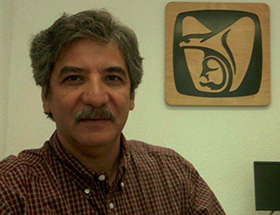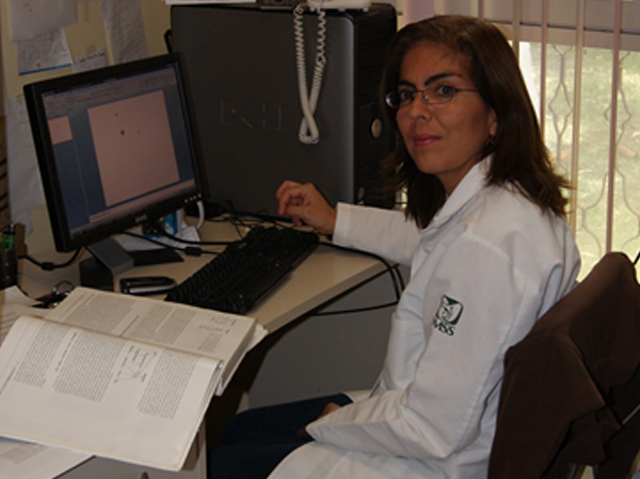
The hepatitis B virus (HBV) causes chronic hepatitis, hepatic cirrhosis, and hepatocellular carcinoma. Surface antigen (HBsAg) detection is a definitive test that can confirm HBV infection, while the presence of antibodies against the core protein (anti-HBc) suggests either a previous or ongoing infection or occult hepatitis B infection (OBI). The aim of the present study was to determine the prevalence of anti-HBc and HBsAg in blood donors. Further, the study aimed to estimate the anti-HBc level at which HBV DNA is detected in putative OBI cases, as well as to search for mutations in the "a" determinant associated with the non-detection of HBsAg in serum. We conducted a cross-sectional study from 2003-2009. The study included 120,552 blood donors from the state of Puebla, Mexico. Different commercial systems based on microparticles (enzymatic (MEIA) or chemiluminescent (CMIA)) were used to determine the HBsAg and anti-HBc levels. For the detection of HBV DNA, a nested polymerase chain reaction (nested PCR) was used and the genotypes were determined using Sanger sequencing. Of the 120,552 blood donors, 1437 (1.19%, 95% CI: 1.12 - 1.26) were reactive to anti-HBc, while 82 (0.066%, 95% CI: 0.053 - 0.079) were reactive to HBsAg. Some 156 plasma samples collected in 2009 from anti-HBc-positive/HBsAg-negative blood donors were submitted for HBV DNA detection in a search for probable OBI. Viral DNA was detected in 27/156 (17.3%, 95% CI: 11.5 - 23.1). Our results show an association between HBV DNA or HBsAg and anti-HBc S/CO levels ≥ 4.0. All DNA samples were identified as genotype H and some "a" determinant mutations were identified, although none corresponded to mutations previously reported to hinder the detection of HBsAg by commercial immunoassays. We observed that as the anti-HBc levels increase, there is a higher prevalence of the viral protein HBsAg in blood donors. Samples testing positive for HBV-DNA were seen to exhibit a ten-fold higher presence of anti-HBc S/CO ≥ 4 than those with S/CO ≥ 1 and < 4.0, which highlights the relevance of anti-HBc determination in blood donor samples.










